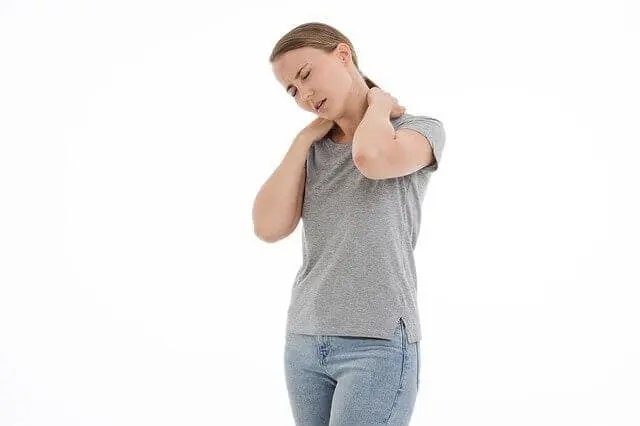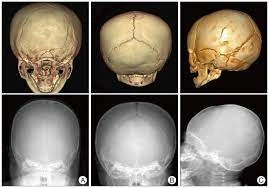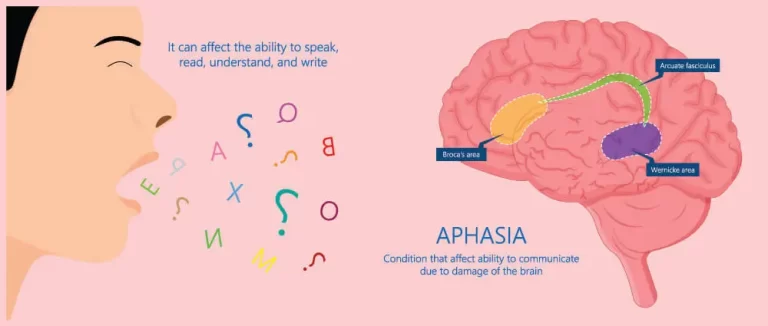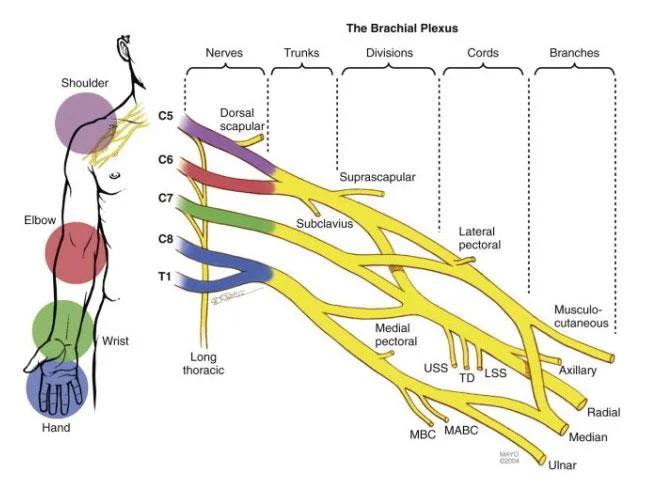Best Neurologist Doctor In Mumbai, Maharashtra
If you are looking for the Best Neurologist Doctor In Mumbai, Maharashtra here we update all the Neurologist Doctor In Mumbai with contact details, timing, and address. The List Of Neurologist Doctor In Mumbai Dr. Sheetal Goyal-Neurologist Hospital Address: Sheetal Neuro Care, Police StationWockhardt, 1877, Mumbai CentralMumbai, Maharashtra 400011 Dr. Sheetal Goyal-Neurologist Contact No: 073384…







